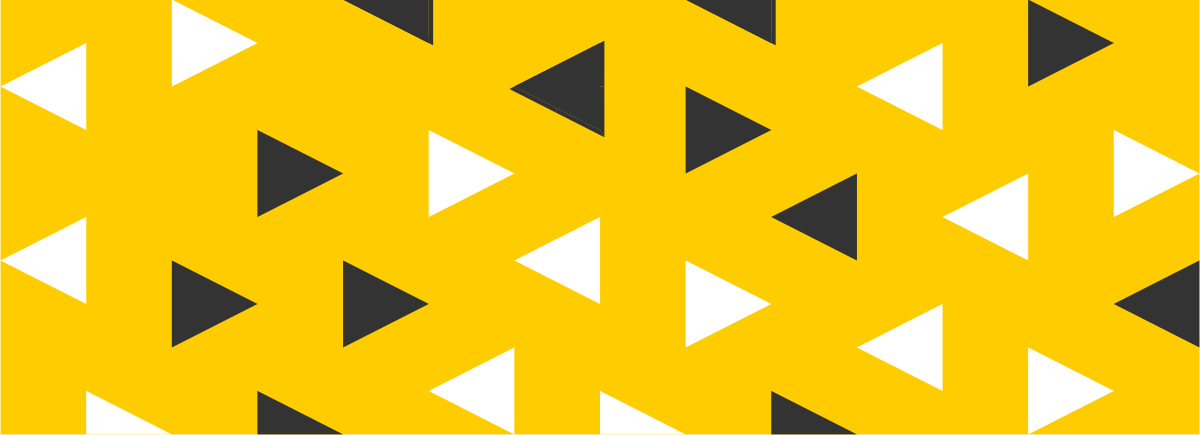Scenario processes and studies

Method description
When using scenarios in studies and processes, different effects are used. Firstly, an explorative or knowledge function; secondly, a communication function; thirdly, a goal-setting or concretisation function; and fourthly, a decision-making and strategy-building function. Common to most scenario developments are the following phases: Scenario field definition, identification and analysis of key factors, scenario generation and scenario transfer.At the IZT, scenarios are often used in exploratory studies, for example as a basis for surveys or impact assessments. Very positive experiences have also been made with normative scenario processes, in which transdisciplinary groups of experts develop consensual desired futures and derive options for action from them.Scenario technique In view of increasing complexity and uncertainties, it is more important than ever to reflect on today's decisions with foresight and to orient them towards the future. Working with scenarios is a central tool for this. However, the term scenario is used for very different things: from simple trend extrapolations to systematic-formalised to creative-narrative scenario techniques. Scenarios can open up explorative spaces of possibility, they can describe quantified alternative developments or visualise consensual desired futures. The presentation form of scenarios can be quasi-literary, but also tabular, graphic or cinematic. It is important to clarify in advance whether, how and for what purpose scenario work can be used in a foresight project.